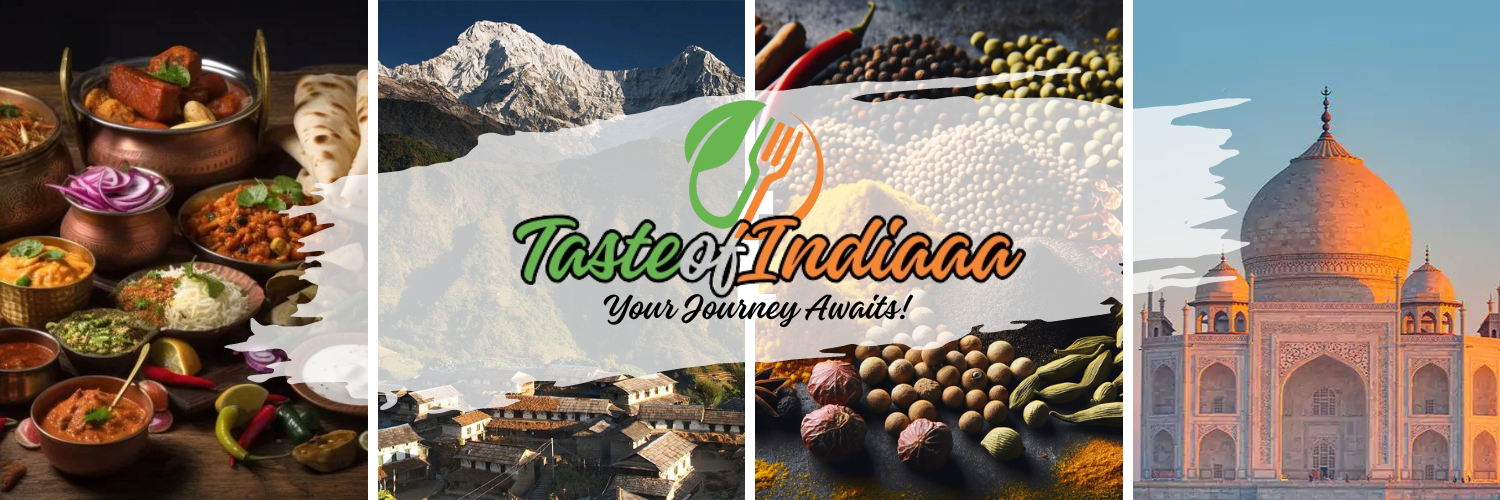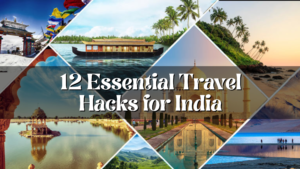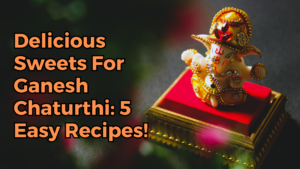India is a vastly diversified country with a rich cultural legacy, providing endless opportunities for both domestic and international visitors. However, navigating its wide terrain and understanding local customs can be challenging. Whether you’re visiting major metropolis or isolated villages, these travel tips will make your trip easier and more enjoyable.
1. Prepaid SIM Cards and Internet Connection
Connecting while traveling in India is critical for navigation, reservations, and communication. Upon arriving, obtain a prepaid SIM card from a major operator such as Airtel, Jio, or Vodafone. Most airports and businesses provide tourist SIM cards with inexpensive data plans. Having access to mobile internet can be quite useful for utilizing GPS, communicating with loved ones, and managing travel apps.
Download the Essential Travel Apps
Before you go for your trip, make sure to download the following apps:
– Google Maps for offline navigation. Download maps of cities or regions for offline usage.
– Ola and Uber: These applications are essential for booking safe and reasonably priced transportation in major cities.
– IRCTC App: This is India’s official railway app, which is useful for monitoring train timetables and booking tickets.
– Zomato or Swiggy: For ordering food and reading restaurant reviews.
– Paytm/Google Pay: In India, digital payments are widely accepted, thus these apps might help you avoid carrying significant quantities of cash.
3. Use Public Transportation. Wisely
India’s public transportation system is enormous, although it may be congested and complicated. Here are a few suggestions to help you navigate:
– Trains: India’s railway system is among the largest in the world. Booking tickets in advance, especially for long journeys, is critical. For enhanced comfort, choose AC classes or sleeper coaches.
– busses: State and private busses are inexpensive for travel between cities. Volvo buses are recommended for longer journeys due to their comfort.
– Rickshaw and Tuk-Tuks: In most cities, auto-rickshaws are used for short distances. To avoid being overcharged, either negotiate your fare or make sure the meter is turned on.
4. Respect the Local Dress Code
India is a conservative country, particularly in rural areas and religious places. Dress modestly by covering your shoulders and legs. Lightweight, breathable cotton clothing is great for dealing with the heat, especially in the summer. Bring a shawl or scarf for unexpected visits to temples or other sacred locations.
5. Stay Healthy: Food and Water Safety
India is famed for its street food, but eating it without prudence might result in “Delhi Belly.” Here are some food safety recommendations:
– Drink Bottled Water: Always choose sealed bottled water from reputable brands like Bisleri or Kinley. Avoid ice in drinks unless you know it’s made from filtered water.
– Eat Cooked Food: Opt for freshly cooked meals over pre-prepared things.
– Select Clean Eateries: Check for overcrowded vendors or eateries. If the locals are dining there, it is probably safe!
6. Travel During the Off-Season
India’s main tourist season is from November to February, when the weather is cooler. However, going during the monsoon season (June to September) or shoulder season (March and October) can help you avoid crowds and find cheaper lodging and transportation options. Monsoons may not be suitable for all destinations, but Kerala and Goa are particularly beautiful during this season.
7. Bargain Smartly
In local markets, bargaining is widespread. While it is expected, it is critical to act graciously and respectfully. Begin by offering approximately 50% of the asking amount and gradually work your way up. Remember, the goal is to get a reasonable price without offending the vendor.
8. Use sleeper trains and overnight buses.
If you’re going large distances, taking overnight trains or buses might save you both time and money. Sleeper class on Indian Railways is both cost-effective and unique. Similarly, overnight buses (particularly Volvo or luxury coaches) are comfortable and provide an excellent choice for traveling long distances while sleeping.
9. Make reservations in advance.
While it is tempting to be spontaneous, arranging accommodations ahead of time, particularly during high seasons, will spare you from last-minute stress and price increases. Booking.com, MakeMyTrip, and Airbnb provide a wide range of accommodation alternatives, from low-cost to premium hotels.
10. Keep Cash Handy
Though digital payments have become more popular in Indian cities, cash remains the king in rural areas and local markets. Carry some cash in tiny denominations for little expenses such as rickshaw rides, street food, and tipping. ATMs are generally available in cities, but may be limited in outlying places.
11. Be Mindful of Cultural Etiquette
– Shoes Off: Always remove your shoes before entering a person’s home, temple, or mosque.
– Right Hand Only: Use your right hand to eat and pass stuff to others. The left hand is considered filthy in Indian culture.
– Head Nods: The famed Indian head wobble may perplex you at first! A modest nod or wobble typically indicates agreement, whereas a more noticeable shaking may indicate ‘no’.
12. Travel insurance is a must
Unexpected incidents can occur while traveling, therefore it’s best to be cautious than sorry. Having travel insurance will give you peace of mind and financial protection if you miss a trip, lose your luggage, or have a medical emergency.
13. Stay Safe with Local Knowledge.
While India is typically secure for travelers, caution is advised. Avoid going out alone at night, particularly in new regions. For single female visitors, India’s culture might be daunting at times; consider taking guided tours or staying in women-friendly hotels. Also, retain a copy of your key documents, such as your passport and visa, in both print and digital formats.
Conclusion
Traveling to India is an unforgettable experience, and with proper planning and information, you can make the most of your trip. These travel techniques will make it easier to manage the country’s intricacies, enabling you to focus on discovering its rich history, lively culture, and magnificent landscapes. Safe travels!
Read Also:
Delicious Sweets For Ganesh Chaturthi: 5 Easy Recipes!
Vikas Khanna’s Culinary Ascendance: 5 Surprising Victories
Spice Soiree: 20 Years Of India’s Culinary Tapestry
13 Must Have Indian Traditional Kitchen Tools
Learn More about the vast Indian Foods here: TASTEOFINDIAAA…





